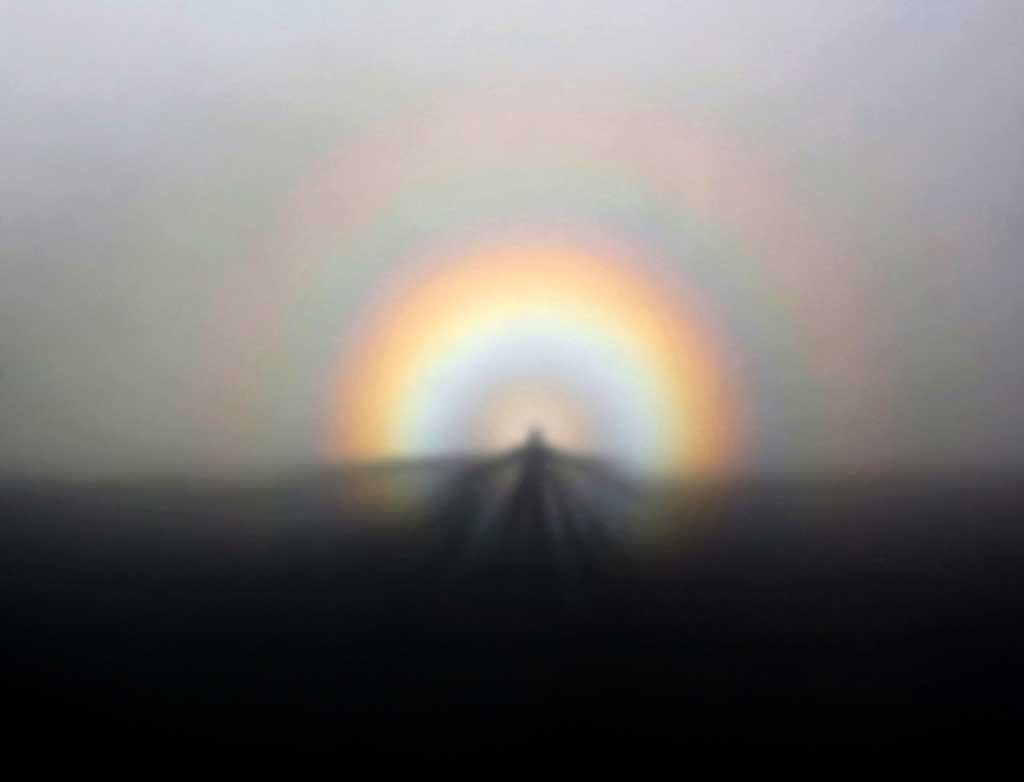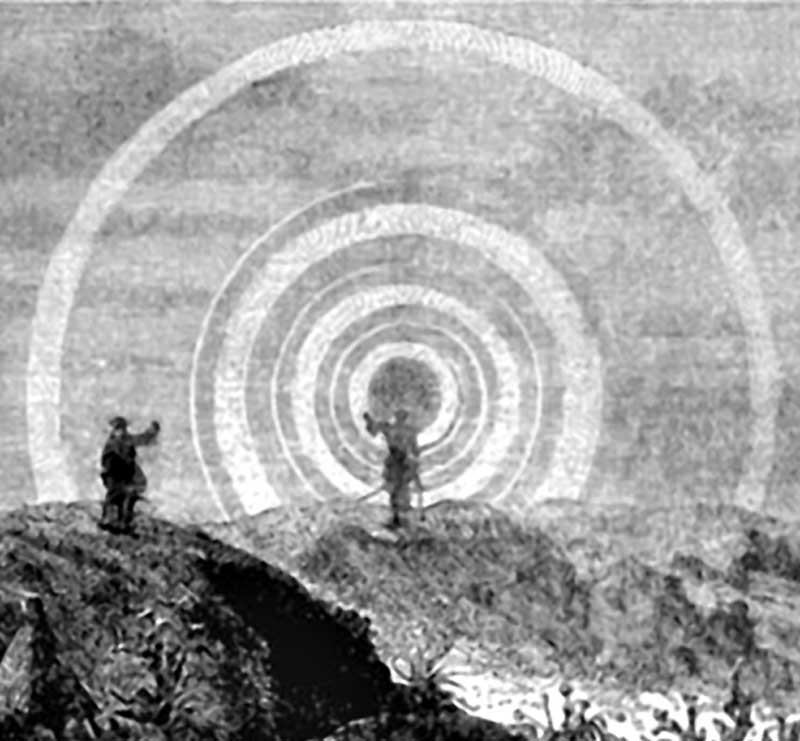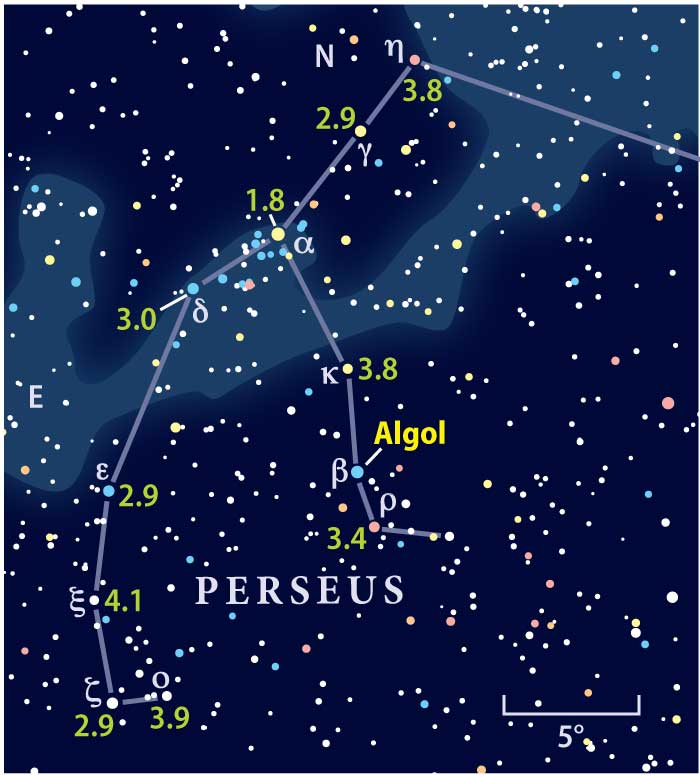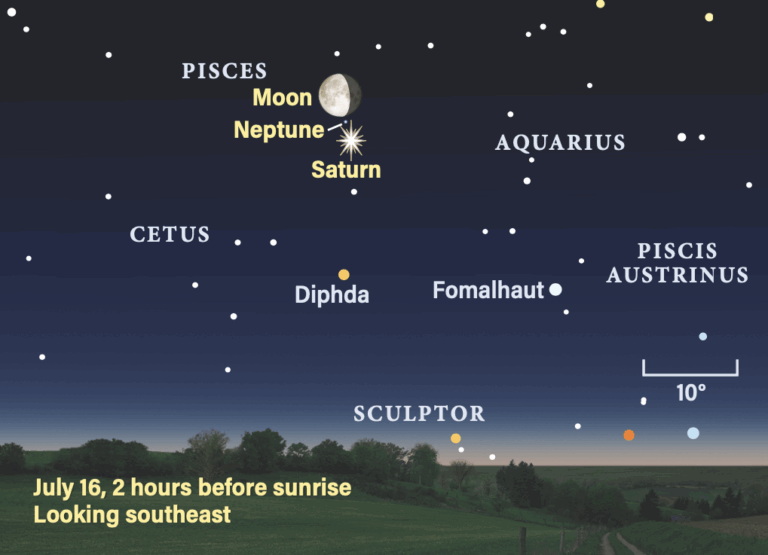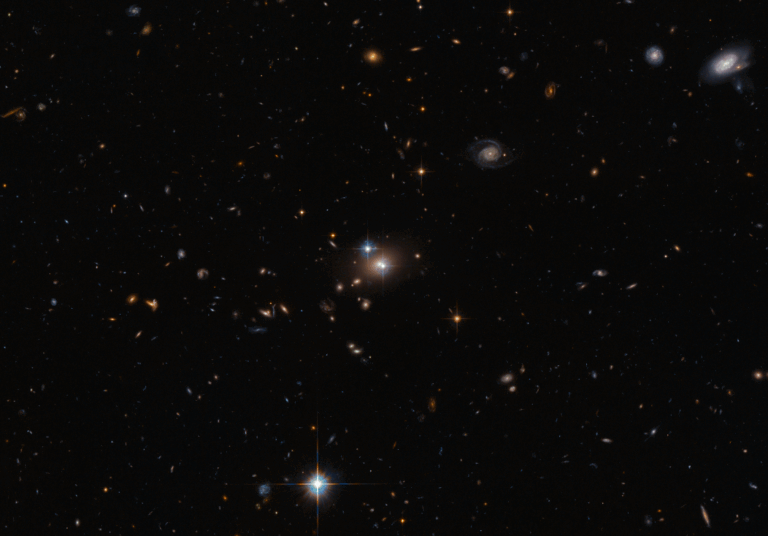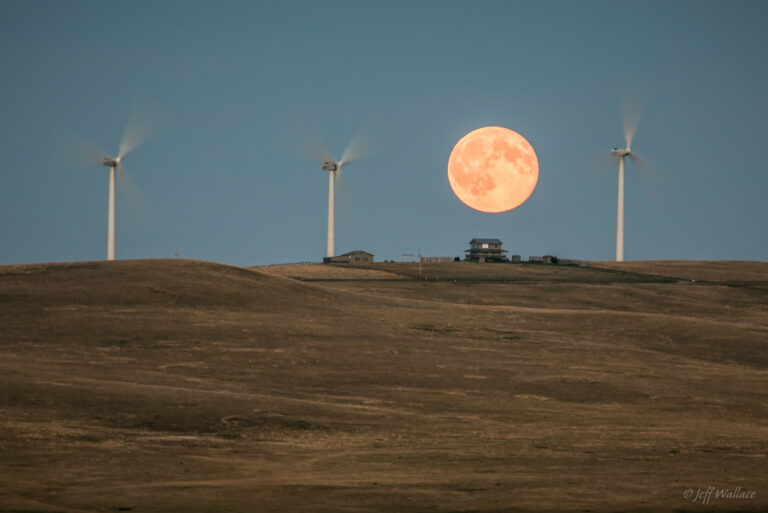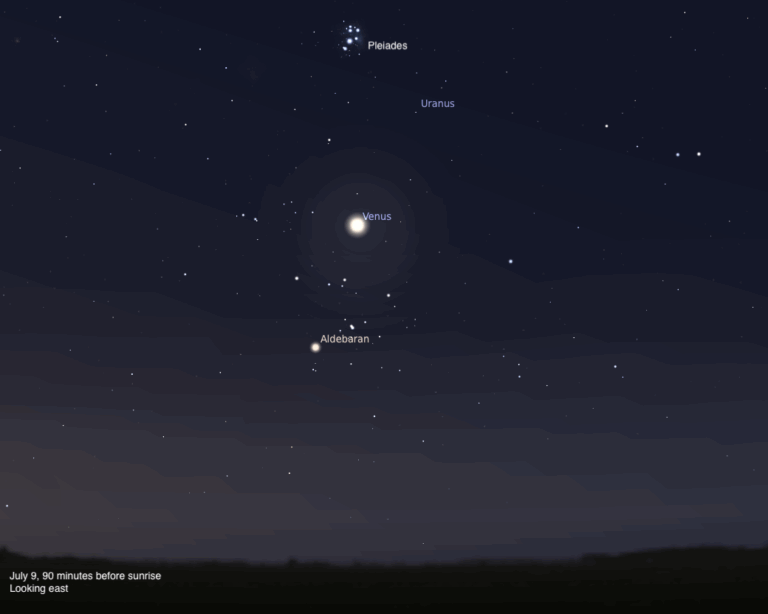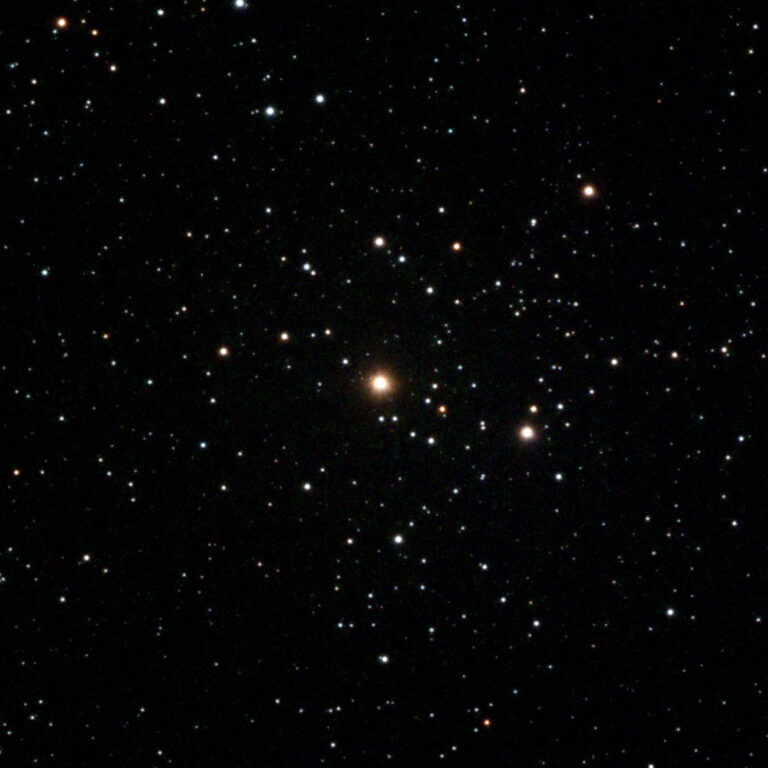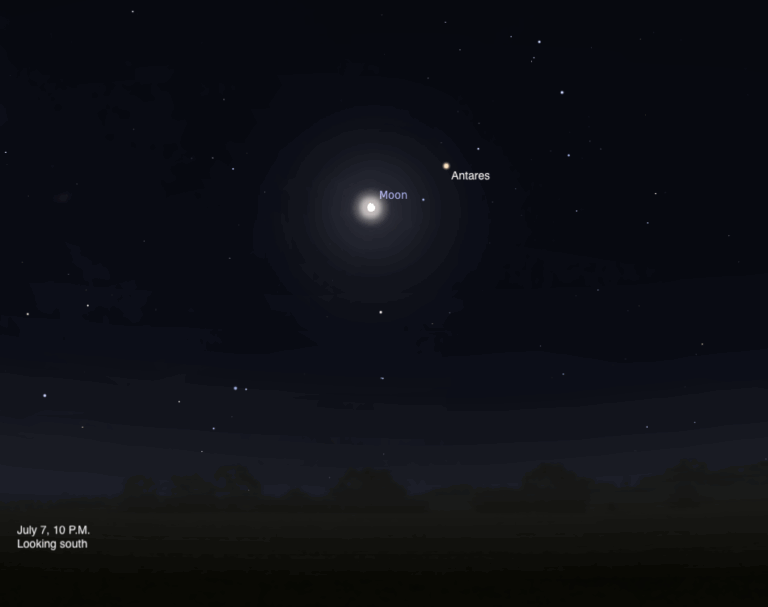Key Takeaways:
Mountain climbers commonly call the distorted shadow the “Spectre of the Brocken,” a name coming from a German peak where the apparition is common. The series of colored rings is an atmospheric “glory,” an effect occurring at the antisolar point (opposite the Sun). This means no one can see the phenomenon around another’s shadow, only his own. The glory appears when the Sun looms low and fine water droplets surrounding the shadow scatter light back to the observer’s eyes.
Predator vs. prey
One reason observers searching for the glory often miss Ulloa’s circle is that they look with a natural predatory eye. Humans, like lions, have binocular vision that essentially “locks and loads” on its target. When we do this around a specific location, such as the antisolar point of our shadow, we focus our attention carefully in a field of view only a few degrees across. It’s a tense concentration that tells our brain to stay focused, to keep the limit of vision within our central field of view until we catch the “prey.”
Seeing Ulloa’s circle instead requires switching our mindset to “prey” vision once we capture the glory. Just relax the eyes and open the mind to the wider view. But there is a twist.
When a glory is large and colorful, Ulloa’s circle is weak and white. When glories are small and weak, cloudbows or fogbows can become distinct and colorful. It’s important then to know about Ulloa’s circle and this relationship because the best cloudbows can rival rainbows! “Cloudbows are indeed a form of rainbow, but made by cloud or fog droplets far smaller than the raindrops of an ordinary rainbow,” explains Les Cowley of Atmospheric Optics (www.atoptics.co.uk). “The smaller the droplets, the whiter and broader is the cloudbow.”
I witnessed an extraordinary example of this phenomenon August 15, 2012, while flying between islands in Hawaii. The cloudbow was a vibrant orange on the outside with spectral colors mixing to a soft sky-blue. An intense dark band then separated these colored rings to a fainter set, with colors reversed, from an inner set of what’s known as supernumerary bows. The ring itself was distorted: It was wider close to the jet, as it rose above the clouds, then tapered to distant cumulonimbus cloud tops in the distance. Never had I seen such a fine display with an unseen glory.
As always, good luck in your visual journeys and email me your thoughts and observations at [email protected].


